Portrait photography using natural light
Originally published in 2018 on the 21st edition of our monthly magazine, this interview with Pavel Rybníček debates his work as a portrait photographer, the switch to Fuji and what cameras and lenses setup he uses to produce such extraordinary work. Don’t miss this interview.
Pavel Rybníček, thank you for your availability! Would you like to start by making an introduction?
Hello, thank you for your interest in the interview. I was born in Třebíč in the Czech Republic, where I live today. I started taking photos at the age of 15 and graduated from the school of photography. Then I graduated from Marketing College. Photography has been my main profession for the past 5 years. I’m especially interested in wedding photography, corporate and product photos, or family photos. As a lecturer, I run photographic workshops together with Fujifilm Czech Republic, where I teach photography portraits.

Are you self-taught, or have you studied Photography?
Yes, I’ve been studying the photo for 3 years. At the time of studying, I shot everything on a flat film or a cine-film. Digital techniques came after my studies. So, I’ve learned all the digital processes myself.
You photograph mostly portraits, correct? Why have you chosen this amazing and challenging genre?
I like to work with people. That’s why my portrait photography is not a problem. But for some time I was looking for a way to communicate with the model. Communication is the most important thing in the photograph between the photographer and the model. I like to choose natural faces. With me, there are a lot of girls making a photoshoot for the first time.
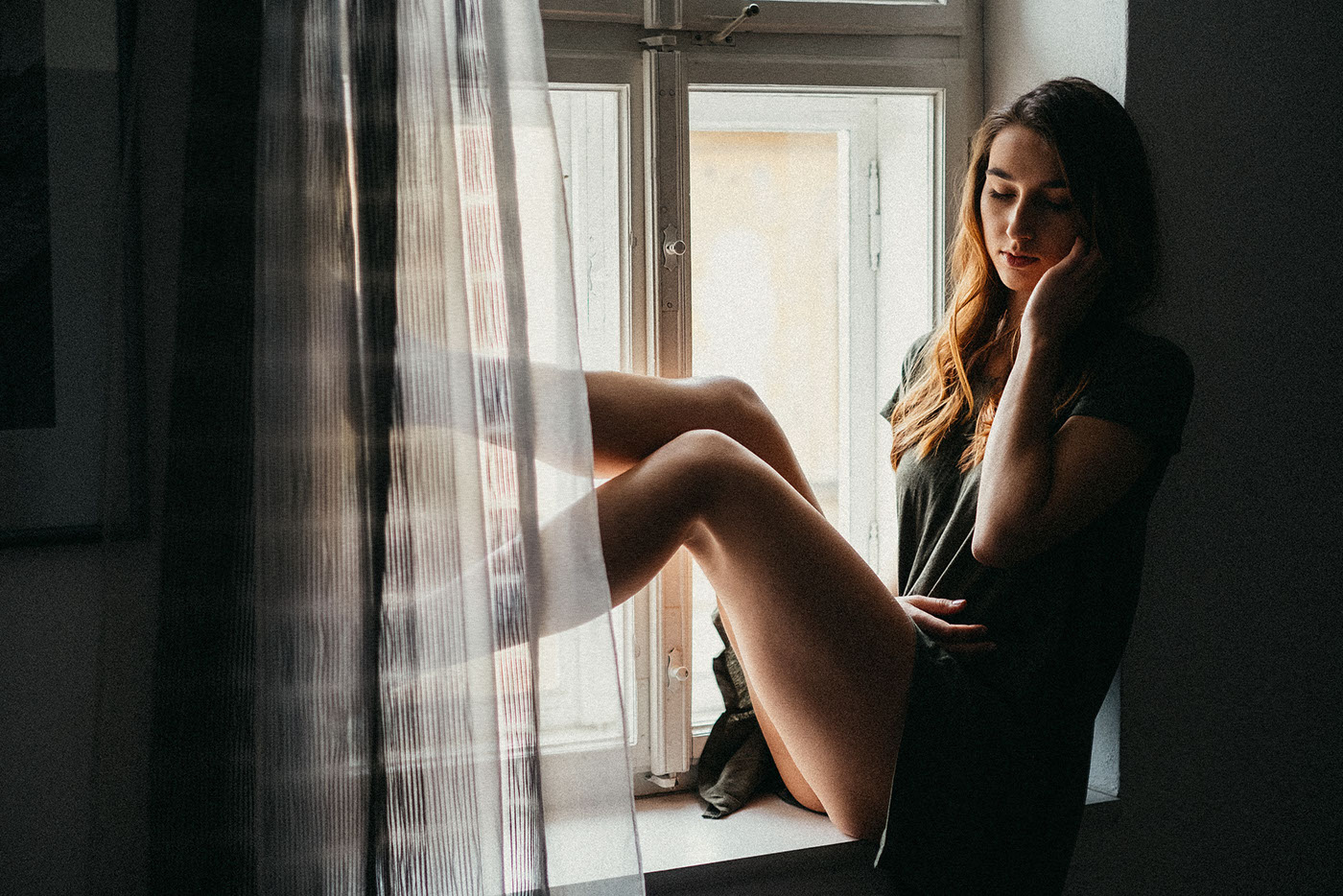
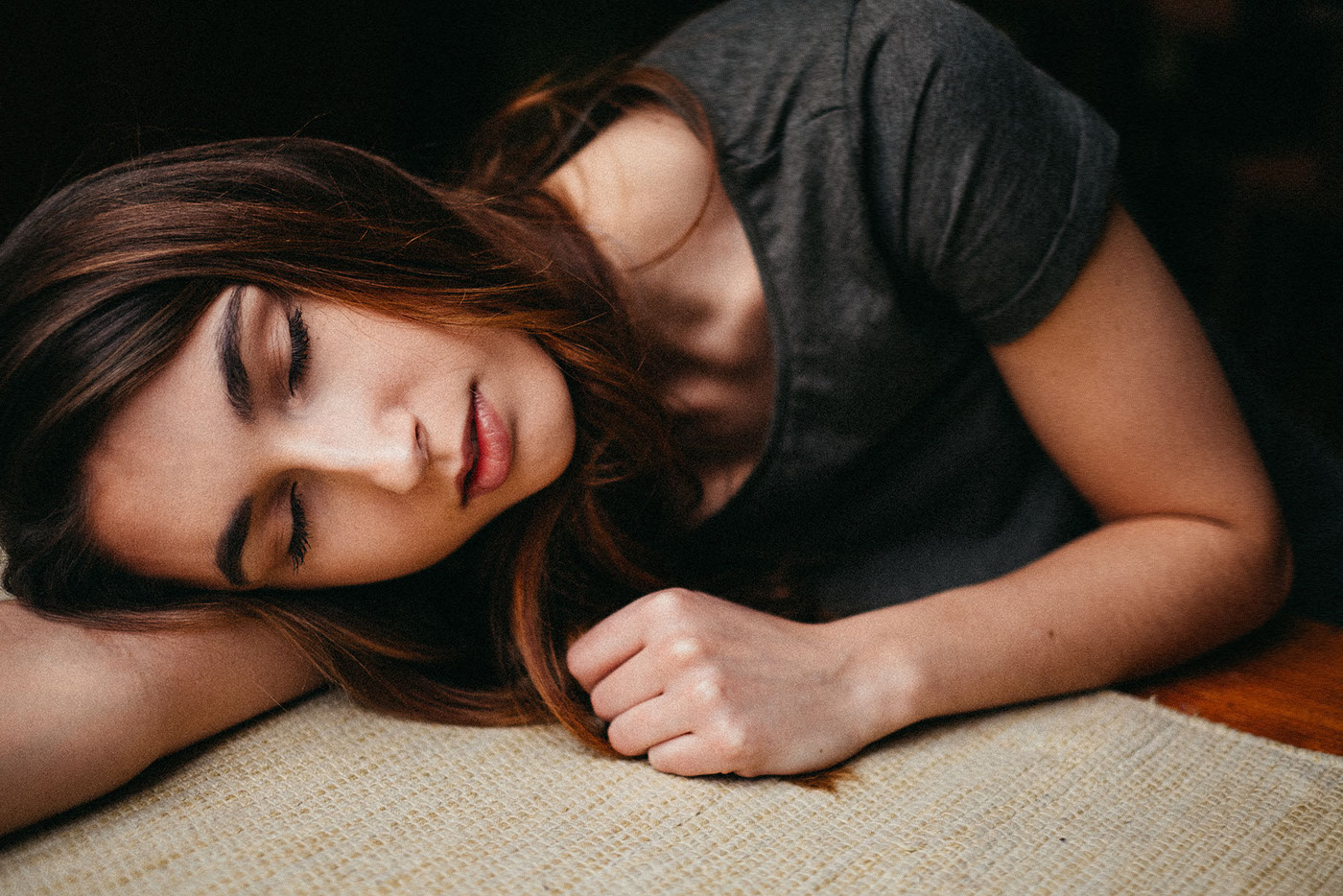
What do you prefer, the controlled environment of the studio, or shooting on location?
I like to take pictures with natural light, whether outdoors or indoors. A studio shot is limited by the space you create. When shooting frequently, the motifs are repeated. Outdoor photography offers unlimited motifs and places to discover. I also like to rent interesting flats and houses where I can use natural light from the windows.
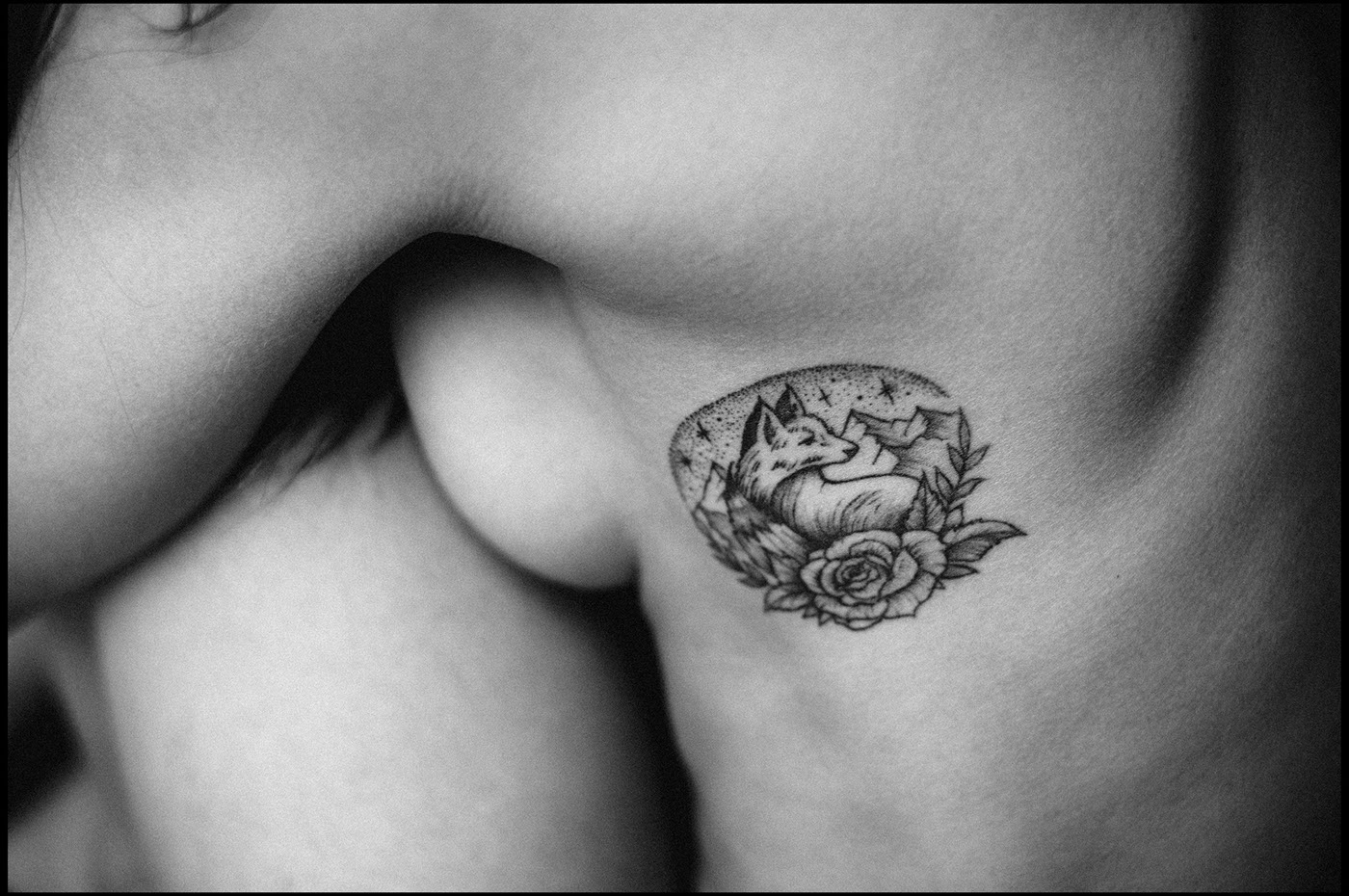
When shooting outdoors, it’s all natural light or do you like to mix it with artificial light to have more control?
I like simplicity. I do not want to use artificial light. Just me and the model. I like to use natural light because I can also capture moments I do not plan. I used a reflector earlier, but today I don’t use it anymore. I learned to use natural light so I don’t need anything else, not even the reflector. Small corrections I can do on my computer.
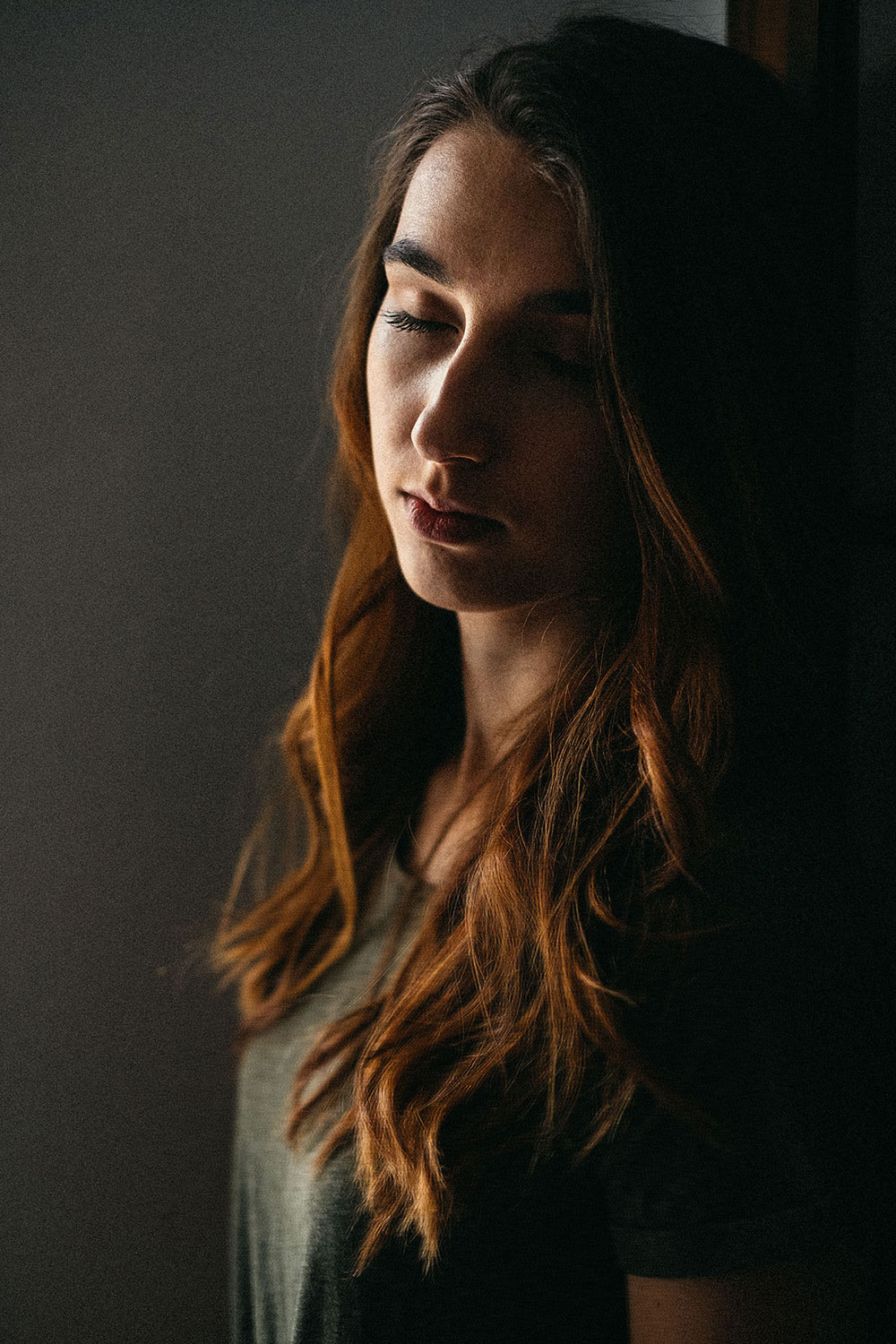
What camera and lenses are you using?
I have two Fujifilm X-T2 bodies. For portraits I prefer using 35mm 1.4. It’s a bit old, slow and noisy, but it has a great image quality. Sometimes I also use wider glass like 23mm 1.4 or 16mm 1.4. The longest focal length I use is the 56mm f/1.2, but I like to go with a small weight, so most often I take just the X-T2 with 35mm 1.4. I use the Fujifilm X100F for personal photos of my children. It is small, lightweight and powerful.
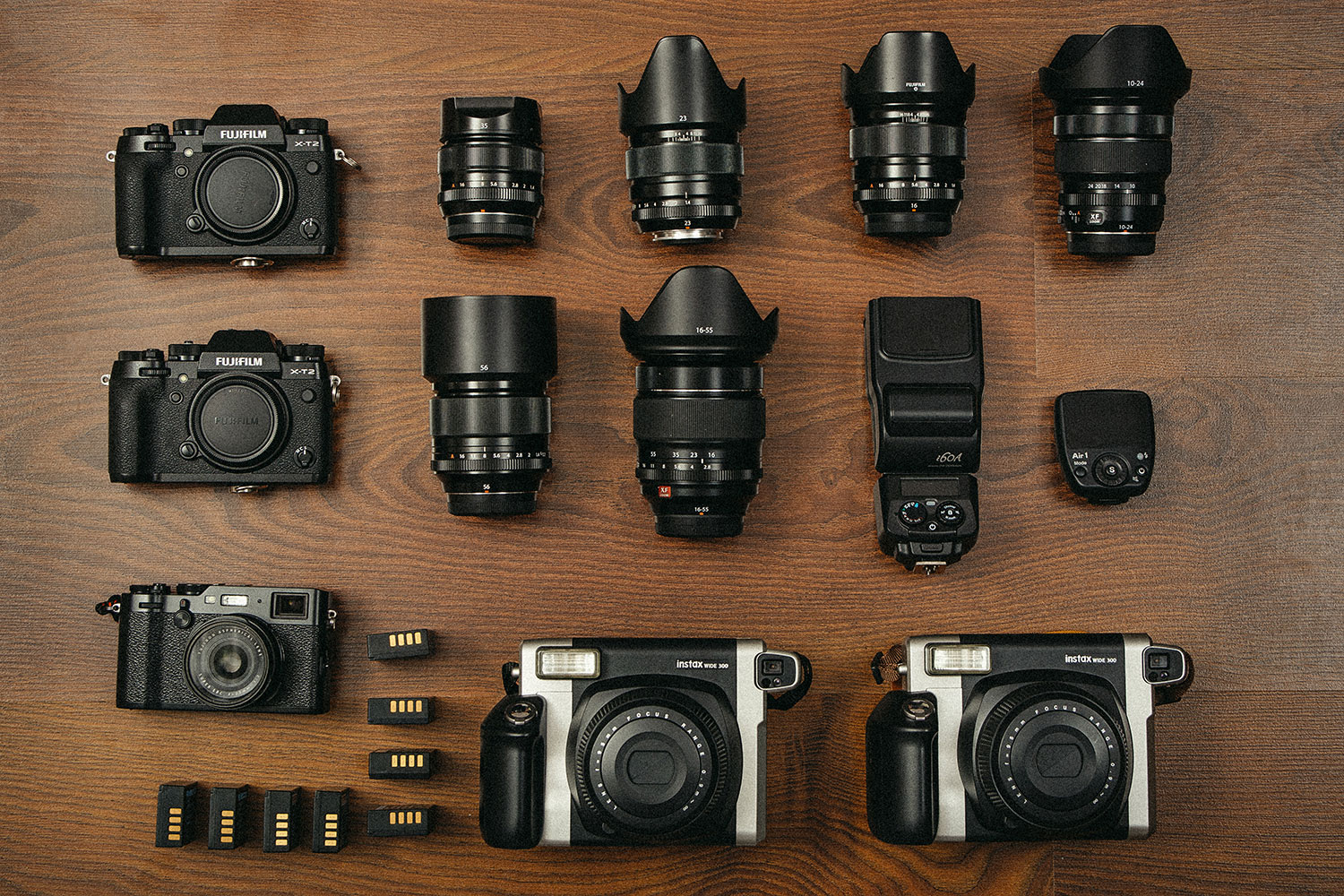

What were you using before the X-T2 and, for better and for worse, what are the main differences from your previous setup?
I used Canon for 15 years (Canon 300V for film). With the digital I started at Canon 350D and finished at 5D mk I. Then I switched to Nikon D700 and then D810. Fujifilm impressed me with its compact size and quality of output. Being mirrorless, Fujifilm saves me half the weight. Another great advantage is the electronic viewfinder, which makes it easy to preview the exposure. Another great feature it to have the manuals controls for shutter speed, ISO and aperture. That’s a thing that makes them a lot of fun to use. I started with the Fujifilm X-E1. The quality of the photos was great, but the focusing speed was slow. The X-T2 is a model that it’s great both speed and output quality.
With mirrorless systems, some portrait photographers tell us that they use the rear screen of the camera to frame the picture. They say that it’s easier to communicate with the model. Do you also shoot like this or do you prefer the more “conventional” way of looking through the evf?
When I take photos, I look mostly at the viewfinder. It’s probably a habit. But I use the back display often. Be in my personal life to take a photo of my family, or to take a wedding and a report when I don’t want them to see that I’m taking a picture. It’s a great thing. The X-T2 has an excellent hinged display that is missing in the X100F. The DSLR systems were very slow when used through the back display.


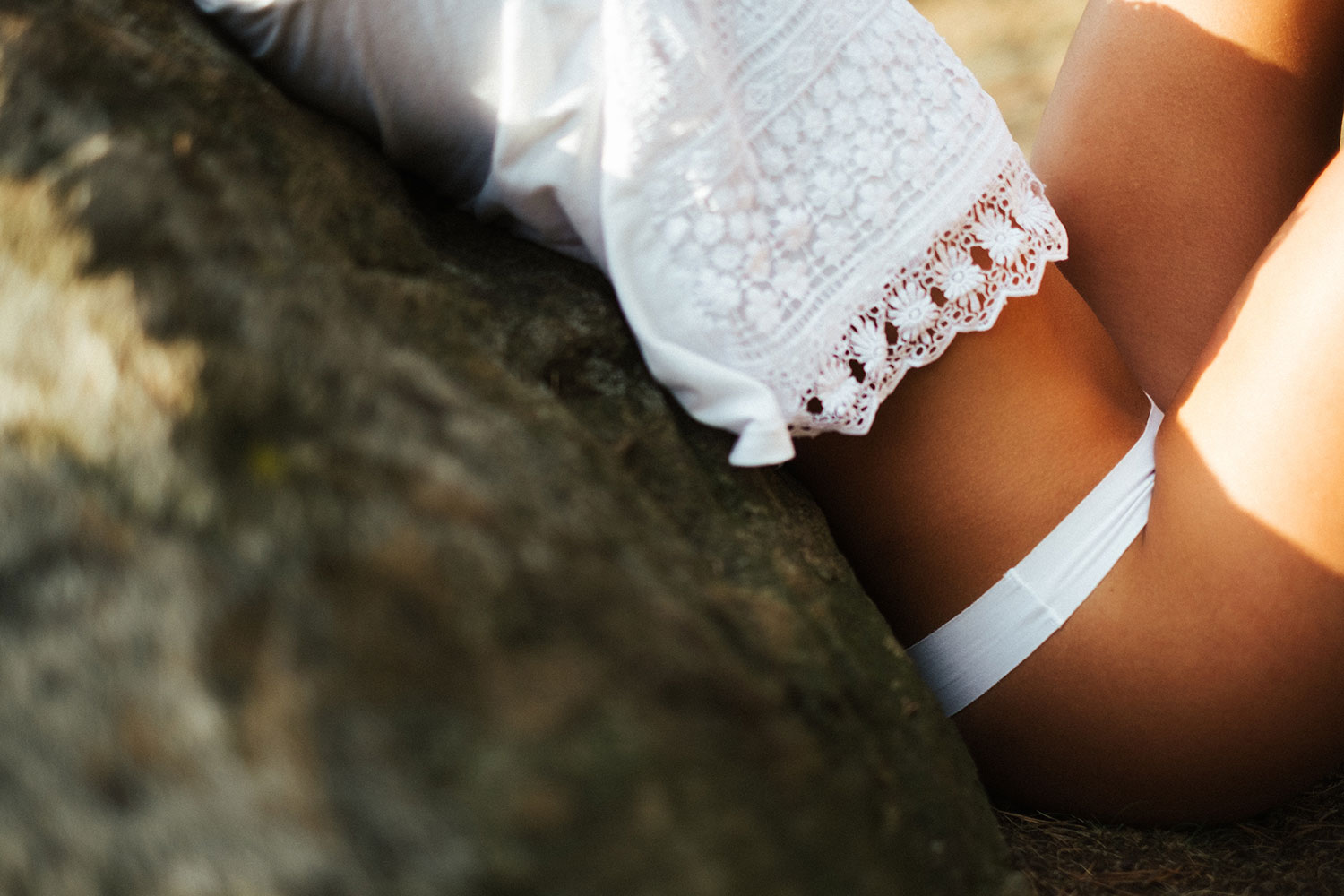
What’s your technique to get the best poses, directing the models, or just leaving them comfortable while you capture the photos when they’re more relaxed?
I like to talk to them. I am interested in how they live and their goals in life. Before shooting, I prefer to know them. I love natural girls and I also choose them. When I take photos, I aim at what I want, but I give them room for personal expression.
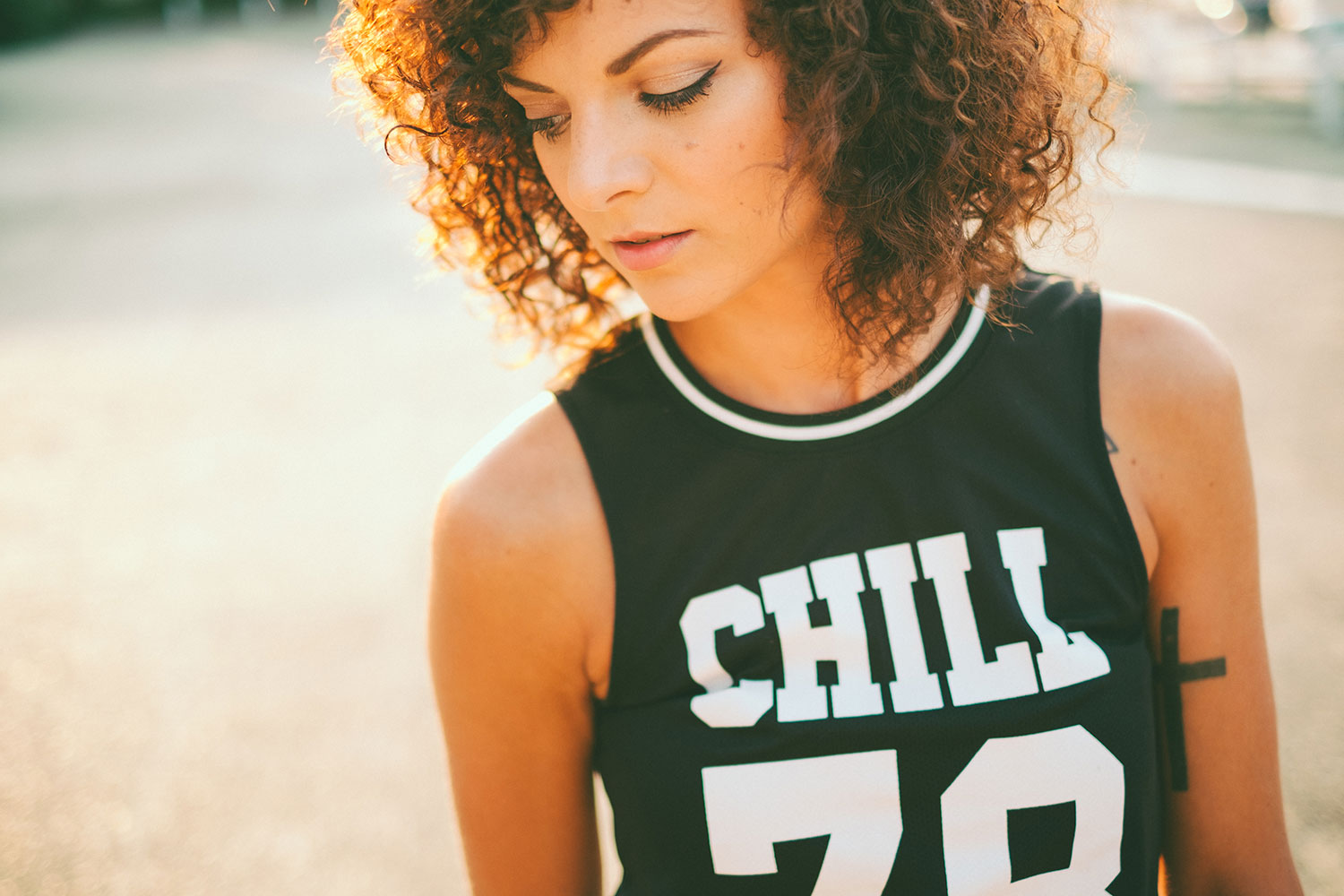
When you get an insecure or shy model, how do you “break the ice” to put a smile on their face?
Each model is different. Sometimes it’s easy to “break the ice,” sometimes it takes longer. It is important to know before shooting and to communicate during the shooting. I like to say that the photos are super, that it suits the girls. Then feels good about themselves and the photo shoot is fun.


Which software are you using to process your files? Do you use any kind of presets?
I use Lightroom to develop the RAW files. I have my presets I’ve been developing for a long time. I’ve been doing it for years, and maybe I’m not over yet. For detailed editing and retouching I use Photoshop. The basis is well-induced RAW. Unfortunately, Lightroom is a bit of a problem for Fujifilm, but it soon comes to an acceleration from Adobe. Perhaps it does.

Do you shoot Instax just for fun, or can these little prints be a nice addition to a photoshoot?
Instax is my complementary offer for weddings. I have two Instax Wide 300, which I lend to wedding guests to capture their moments. Sometimes I also take it for portraits, as an interesting diversion. It is great, and as I have already written, I like to go easy. It’s definitely an interesting way to make non-traditional photos. Many people can make good use of this product.
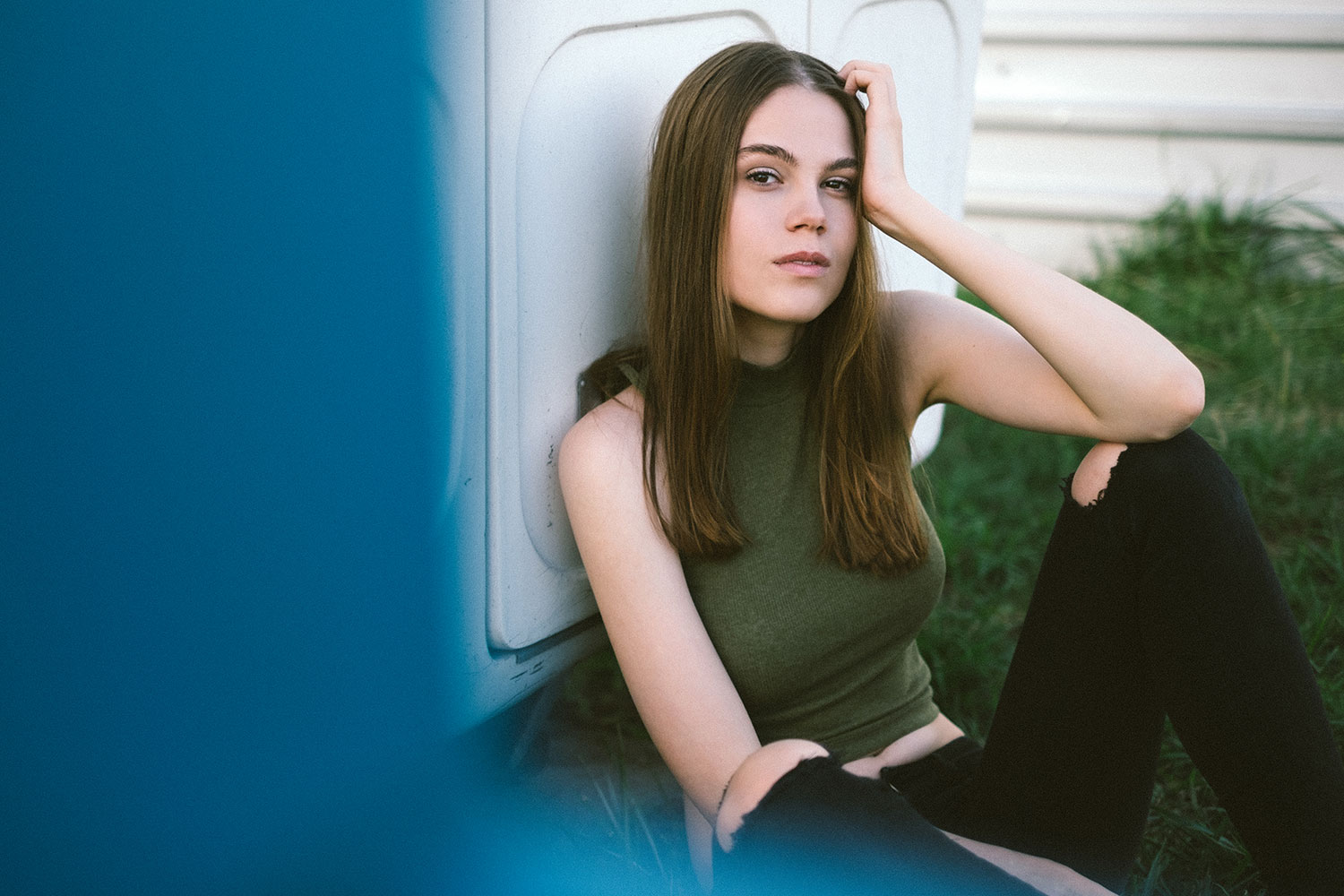
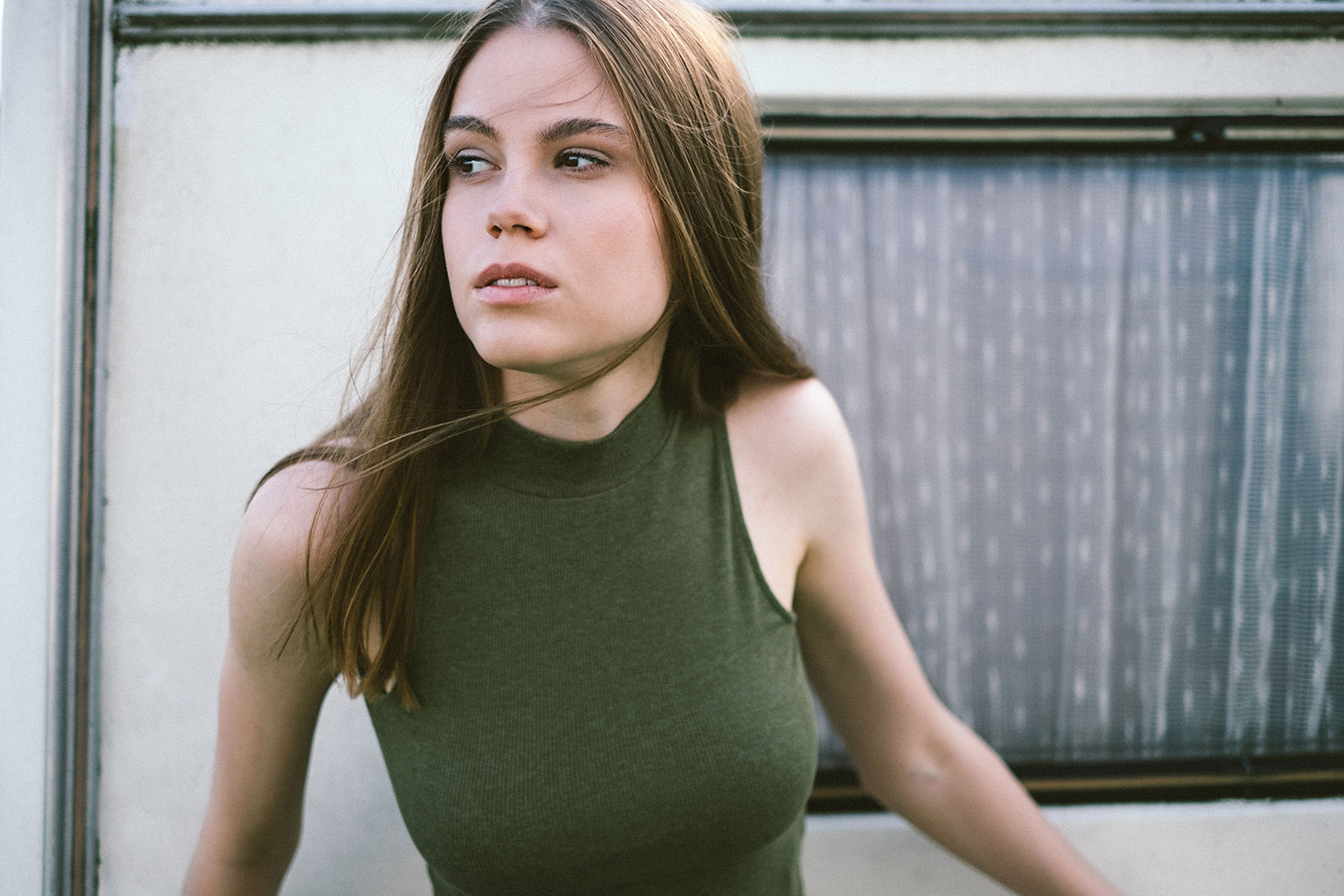
How often your clients ask for prints?
I don’t know if they want them. It’s automatic for me. When I photograph somebody, the photo gets in the digital version but I also print every photo of it. I take it as a presentation of my work. The only exception are companies where the photo is enough to send online for download.
Nikola photoshoots:
This interview was originally published in 2018 on the 21st edition of our monthly magazine, which you can check here: Fuji X Passion #21
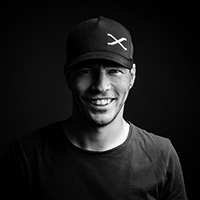
Pavel Rybníček is a professional wedding photographer. He can capture people naturally, in context, movement, reportage, staged and creatively. Loves a personal approach and friendly atmosphere. Besides weddings, he also makes photoshoots for companies and, together with Fujifilm, organizes and teaches portrait photography at workshops. Portrait portraiture is his great passion in which he has lots of fun. He likes technical simplicity and usually uses only one lens. He likes to have natural light to play with it.









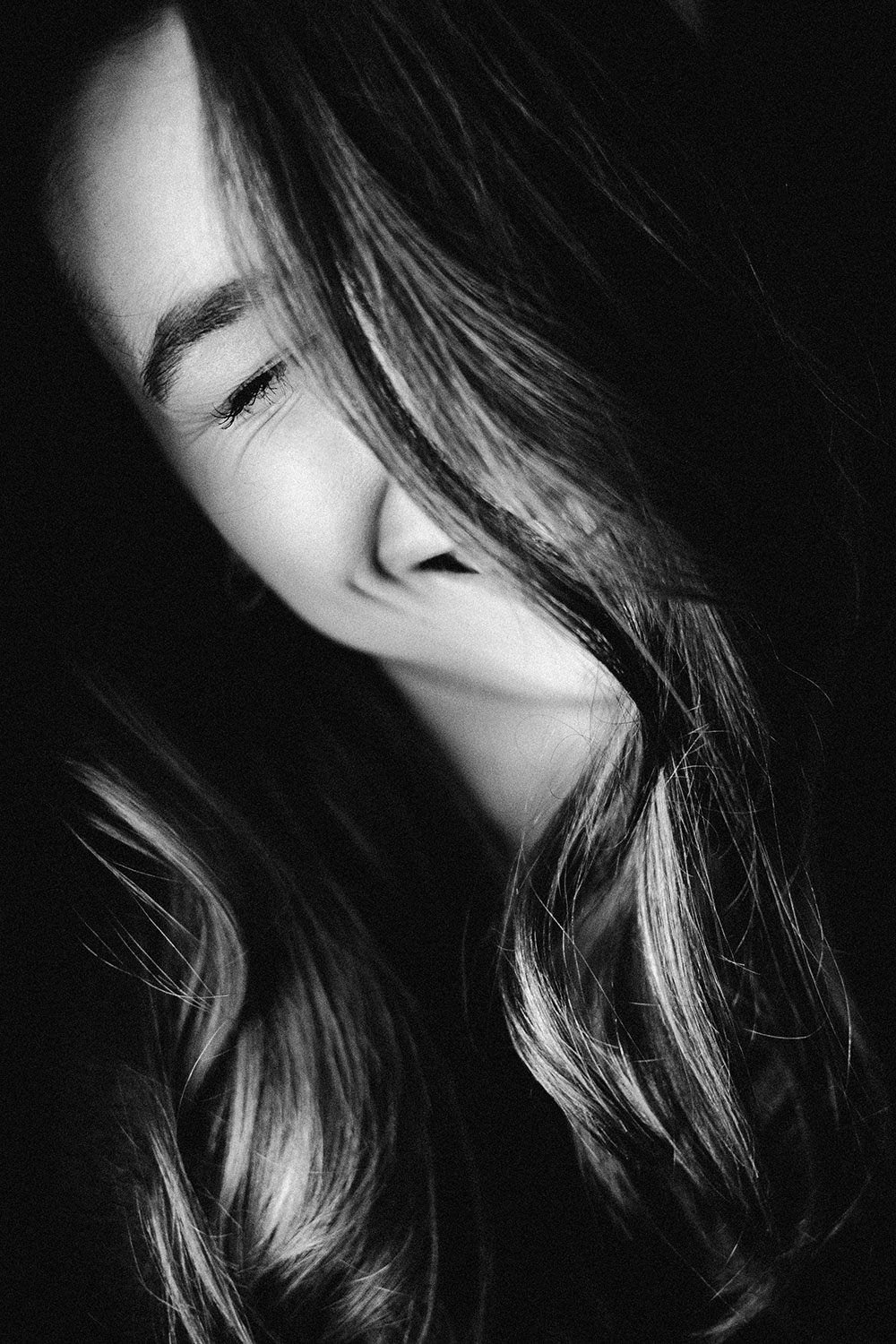


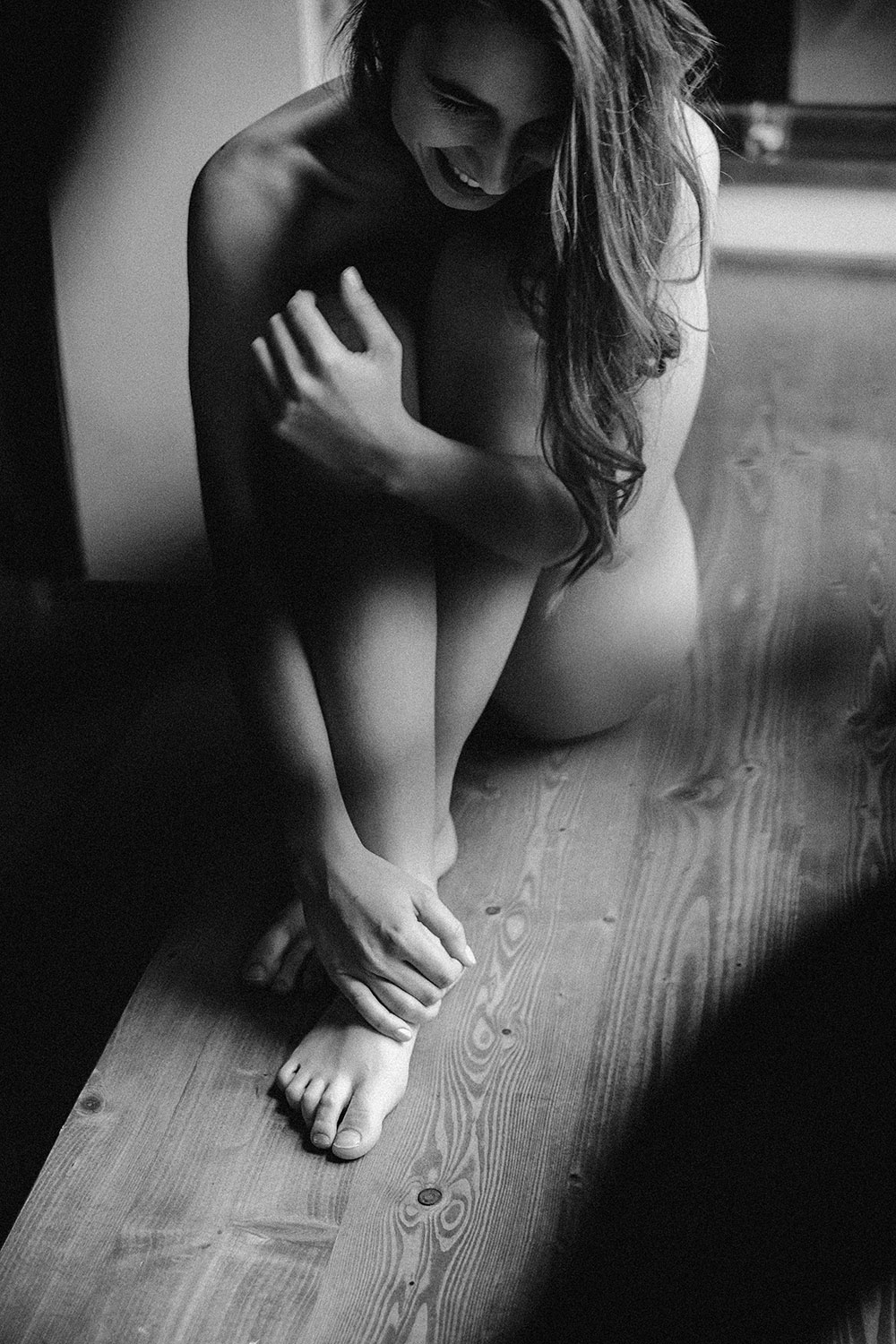
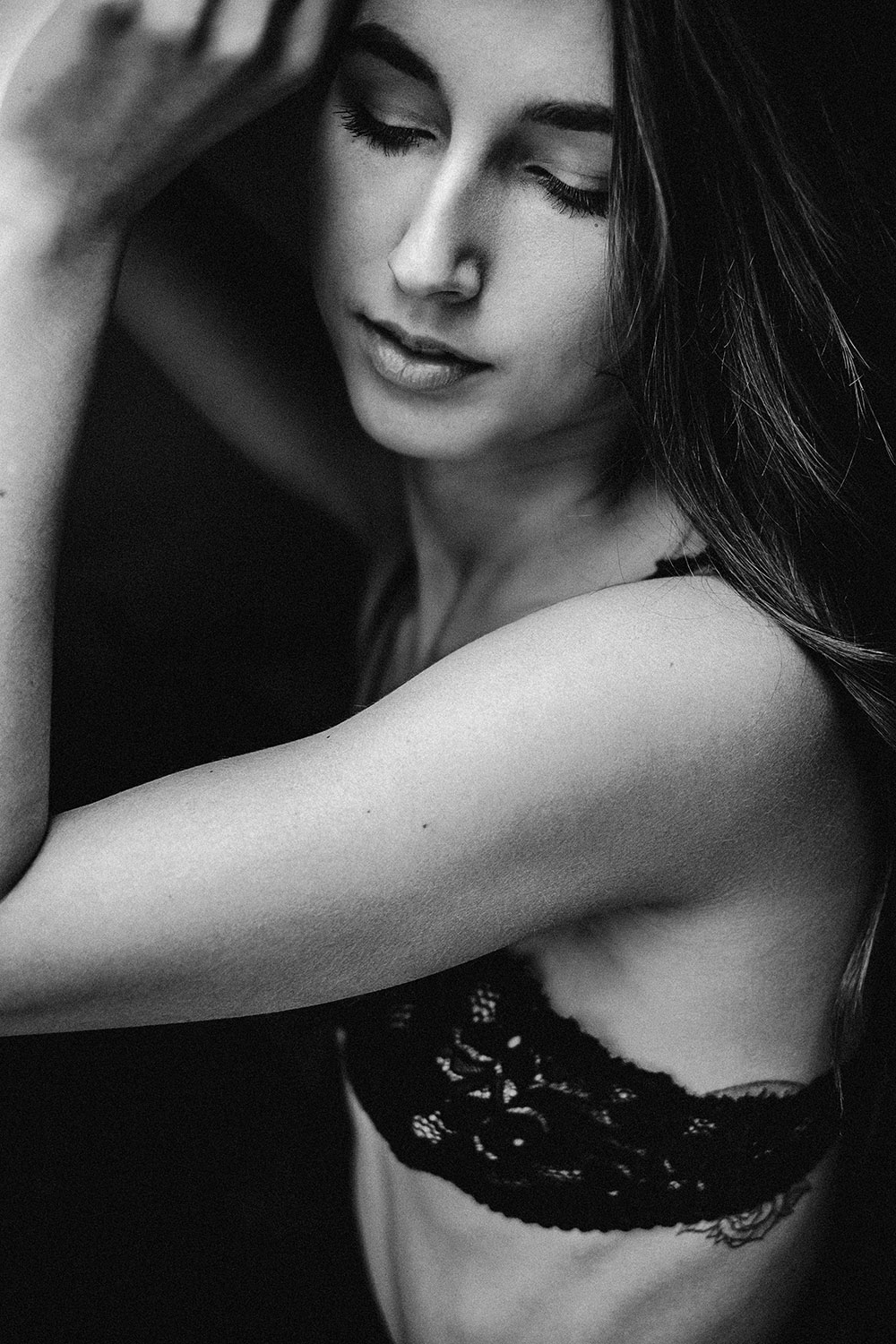





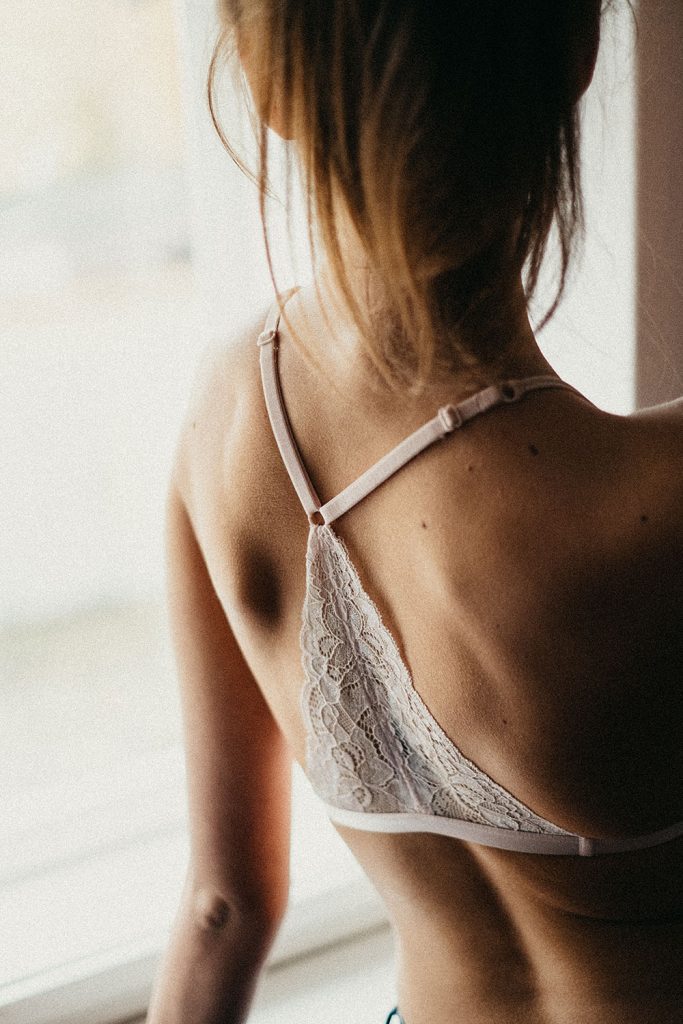





Mike
August 4, 2020 @ 10:45 am
Amazing! Loved this article and the outputs. Thank you so much for sharing, it’s truly inspiring!
Albert Smith
August 12, 2020 @ 1:53 am
Congratulations…
Your post here was my tipping point for finally buying the 35mm f/1.4. Every time that I see a portfolio that utilizes this lens to such good effect, I toy with getting one. However, if I wait long enough, I can talk myself out of it.
Your post is different. I’ve come back to it multiple times and today I ordered the 35mm f/1.4. I know that the quality of the images is about the photographer, but there is no mistaking the effect of f/1.4 on a portrait in a natural environment.
I only hope to be able to do justice to the quality of you shots.
Martin
August 18, 2023 @ 1:21 pm
Really nice shots. I love these colours.